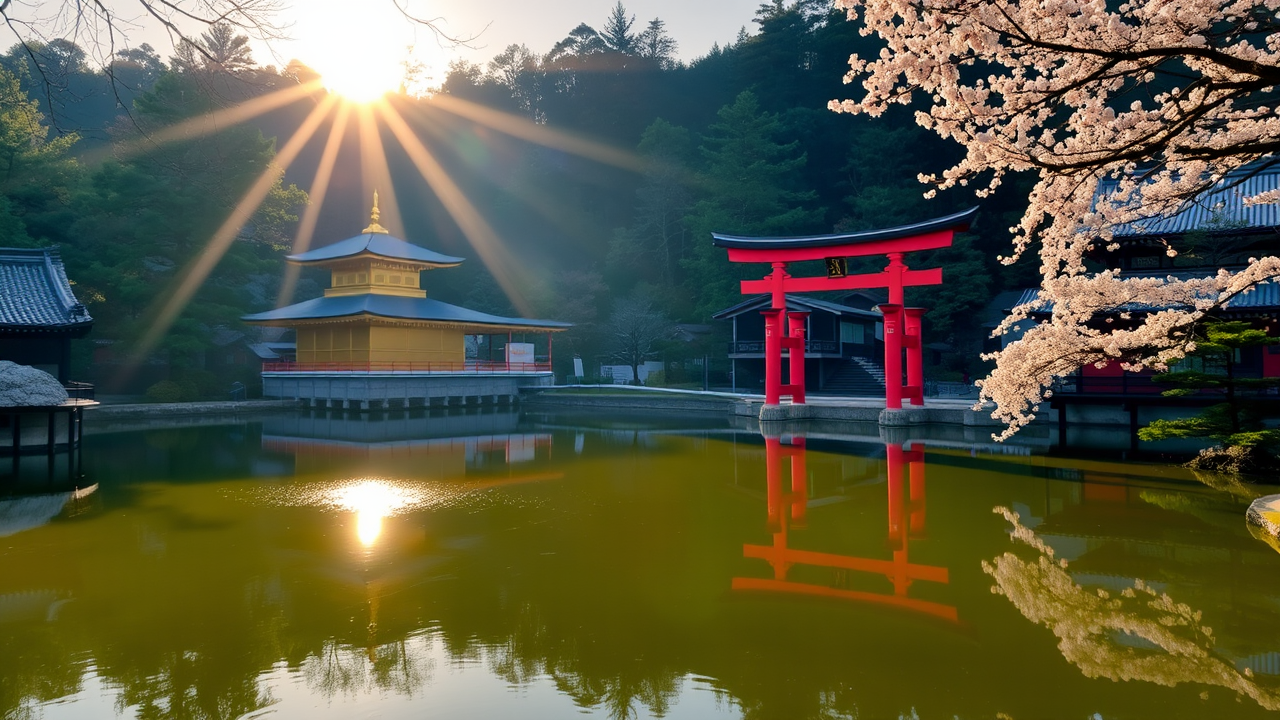Kyoto, Japan, stands as a shining testament to the country’s rich history and deep-rooted traditions. Known as Japan’s former imperial capital, Kyoto is home to an astonishing array of cultural treasures, from ancient temples and serene gardens to traditional tea houses and the iconic Gion district filled with Geisha culture. For travelers eager to explore Japan’s heritage firsthand, Kyoto offers a wealth of experiences that highlight its historic significance and timeless beauty.
Getting to Know Kyoto’s Historical Significance
Kyoto’s history dates back over a thousand years. Founded in 794 AD as Heian-kyo, it served as the imperial capital until 1868. During this long period, Kyoto became the heart of Japan’s cultural, religious, and political life. It was the birthplace of many traditional arts, including tea ceremony, flower arranging, and Noh theater.
The city’s architecture and layout reflect its imperial past, with the Kyoto Imperial Palace at its center. Throughout centuries, Kyoto has preserved countless temples, shrines, and historic districts that continue to tell stories of its imperial and cultural legacy.
Top Must-Visit Temples in Kyoto
Kinkaku-ji (Golden Pavilion): This stunning Zen temple is perhaps Kyoto’s most iconic site. Its top two floors are covered in shimmering gold leaf, reflecting beautifully in the surrounding mirror-like pond. Visiting Kinkaku-ji offers a glimpse into the opulence of the Ashikaga shogunate and serves as a peaceful retreat amidst the bustling city.
Fushimi Inari Taisha: Famous for its thousands of bright red torii gates, this shrine is dedicated to Inari, the Shinto god of rice and prosperity. Walking through the seemingly endless tunnel of gates is an unforgettable experience, symbolizing the journey through spiritual renewal.
Kiyomizu-dera: Perched on a hillside, this historic temple boasts a wide wooden stage that offers panoramic views of Kyoto. Its intricate architecture and lush surroundings make it a favorite spot for visitors capturing the city’s scenic beauty.
Gion and Traditional Tea Houses
Gion is Kyoto’s most famous geisha district. Strolling through its narrow streets reveals traditional wooden townhouses, or machiya, and teahouses where geishas perform classical arts such as dance and music. Visiting Gion in the early evening might even give you a chance to spot a geisha or maiko on her way to an appointment.
Participating in a traditional tea ceremony is another enriching experience. Kyoto’s tea houses serve matcha (powdered green tea) with elaborate rituals, allowing guests to appreciate Japanese hospitality and mindfulness.
The Enchanting Kyoto Gardens
Kyoto’s gardens are masterpieces of landscape design, often linked to temples and historical sites. They symbolize Japanese aesthetics of simplicity, naturalism, and tranquility.
Saiho-ji (Kokedera): Known as the Moss Garden, this UNESCO World Heritage site features lush moss-covered grounds that create a magical atmosphere. Visitors need to reserve in advance and participate in a short meditation or gardening activity.
Rikugien Garden: Famous for its ‘poetry landscape’ design, Rikugien features a large central pond, walking paths, and viewpoints perfect for seasonal cherry blossoms or autumnal foliage.
Tips for Visiting Kyoto
- Best Time to Visit: Spring (March to May) for cherry blossoms or autumn (October to November) for fall foliage.
- Dress appropriately as many temples and shrines have dress codes emphasizing modesty.
- Respect the customs, such as removing shoes when entering temples or traditional tea houses.
- Allocate at least 3-4 days to explore Kyoto’s main sights comfortably.
- Use local transportation: buses, trains, and walking are the most convenient ways to get around.
In conclusion, Kyoto remains a living museum of Japan’s cultural legacy. Whether wandering through historic temples, relaxing in tranquil gardens, or immersing yourself in Gion’s geisha traditions, every moment spent here adds a chapter to your understanding of Japan’s unique history. Planning your trip around these highlights will ensure a memorable journey into the heart of Japan’s past and present.

Leave a Reply